Volcanic tourism and Cave tourism
Volcanic Tourism
Volcanic tourism has emerged as people become more interested in the formation of the earth. In fact, volcanic eruptions have attracted the attention of people of all ages. In Roman mythology, the volcano in Italy was believed to be the home of the fire god Vulcan. In the Hawaiian Islands, locals believe that volcanic eruptions were caused by the goddess Pele, who is known for both her anger and her beauty. Pelé, who is believed to have lived on the Kilauea volcano, is believed to have activated the volcanoes by drawing a ring of fire with his cane when he was not respected. Today, geologists have scientifically explained the eruption of volcanoes. Volcanic tourism has also attracted people’s interest in it. Mount Vesuvius is an active volcano at an altitude of 1280 m, located east of Naples. When Mount Vesuvius erupted in Italy in 79 CE, clouds of poisonous gas and ash fell to Pompeii and Herculaneum at temperatures of about 1,000 degrees Celsius, killing thousands. Today, the city of Pompeii is visited as a museum. However, the fact that people want to see active volcanoes and feel this natural phenomenon by climbing is an extreme form of tourism. In 1823, the last active volcano in Iceland, Fimmvorduhal volcano in 2010 broke the Eijafjallajökull glacier and erupted again, evacuating the local population from the area, causing disruptions in Northern European air traffic. As the lava continues to flow from the volcano, the area is filled with tourists. This showed that volcanoes are an important tourist destination in other parts of the world.
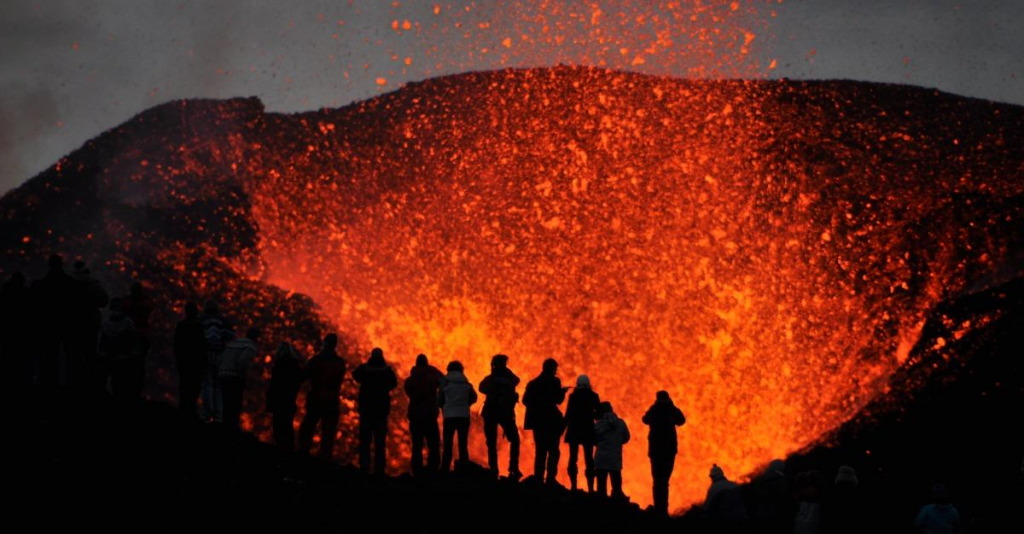
Volcanic tourism in the world
Volcanic tourism includes navigation of inactive volcanic cones, remote monitoring of active volcanic eruptions, photography, helicopter tours of the volcano, balloon tours, scientific explanation of volcanoes with the participation of geologists and volcanologists. Volcanic tourism is popular in Japan. Aso volcano on the island of Kyushu is an important place for domestic and international tourism. Mount Fuji is also a volcanic mountain. It is also of great importance for the Japanese. It is considered one of the most photogenic mountains in the world.

Guatemala is home to 3 active volcanoes. These are the Pacaya, Fuego and Santiaguito volcanoes. The tours are accompanied by volcanologists. At a distance of 1000 meters. Another active volcano, Santiaguito, is observed when the first Santa Maria volcano erupts. Python de la Fournaise on Reunion Island in the Indian Ocean is one of the most active volcanoes in the world. In 2007, there was an explosion. Ambrim volcano on Ambrim Island in Vanuatu in the South Pacific and Yasur volcano on Tanna Island attract volcanic tourism. In Indonesia, Mt. Bromo active volcano is located on the island of East Java. Hawaii’s Big Island Volcanoes National Park is interested in volcanic tourism. In Europe, it is possible to reach the crater of Mount Vesuvius in Italy. Pompeii is an open-air museum. Mount Etna is of great interest in Sicily. Volcanic tourism includes “volcanic museums”. In 2009, the Eldfjallasafn Volcano Museum opened in Stykkishólmur, Iceland. These include volcanic rocks from the volcano, crafts from the volcanic rocks, souvenirs, depictions of volcanic eruptions. In addition to the Aso Volcano in Japan, the Aso Volcano Museum in Hawaii and the Thomas A. Jaggar Volcano Museum cover equipment and clothing used by seismographers and scientists in volcanic research. There are also books, CDs, videos, souvenirs.
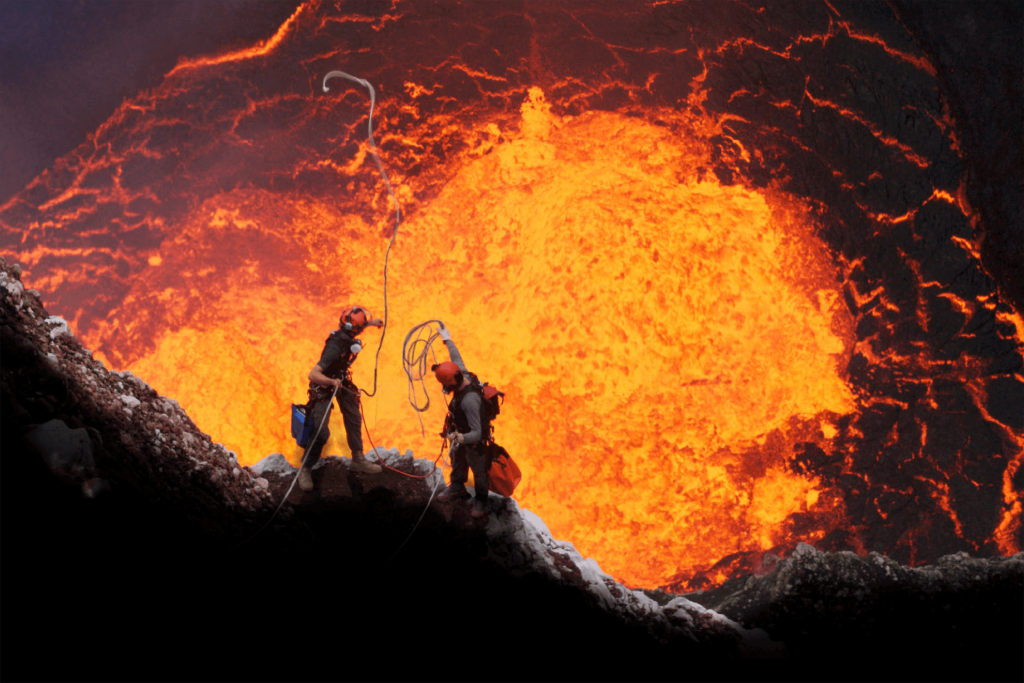
Cave Tourism
As a result of the discovery of the underground by cavemen participating in the sport of caves, the caves were opened to tourism by other people interested in the underground. Those who are interested in caves can enter the caves together with professional cavemen. In addition, caves are lined up and lighted for their entrances and walks. Given that access to caves is often difficult, many caves have not been opened for tourism, and some remain unexplored. In this regard, cave tourism creates great potential for the future. Cave tourism is the opening of tourism to caves by organizing and illuminating walking paths.
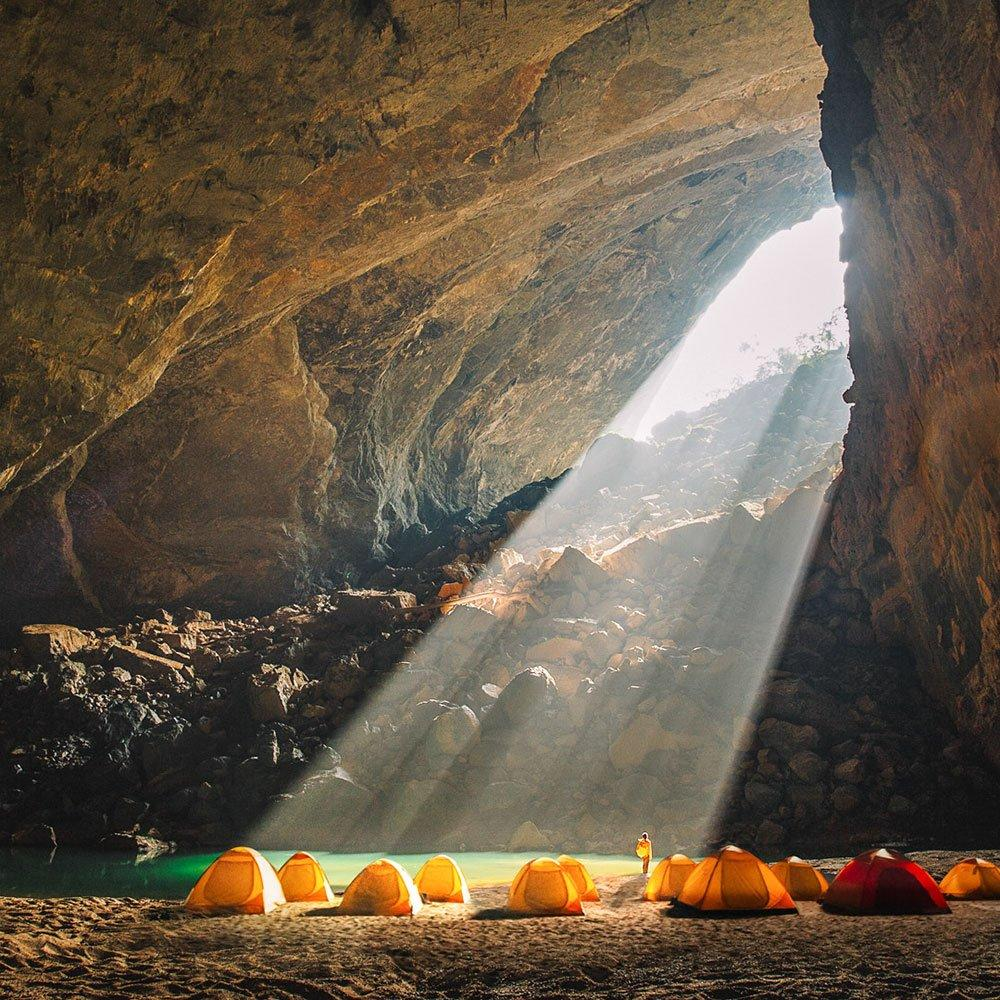
Cave Tourism in the World
Caves for tourism attract a large number of tourists and there are many caves for tourism.
The Puerto Princesa underground river is one of the most important underground systems in the world. It is located on the Philippine island of Palawan, 80 km north of Puerto Princesa. It is located in the Saint Paul mountain range to the west of the island. It was protected as a National Park in 1992. Tour boats enter the underground river from the city of Sabang and observe interesting cave shapes, stalactites and landscapes. In 1999, it was included in the World Heritage List. In 2012, it was recognized as one of the 7 new natural wonders of the world.
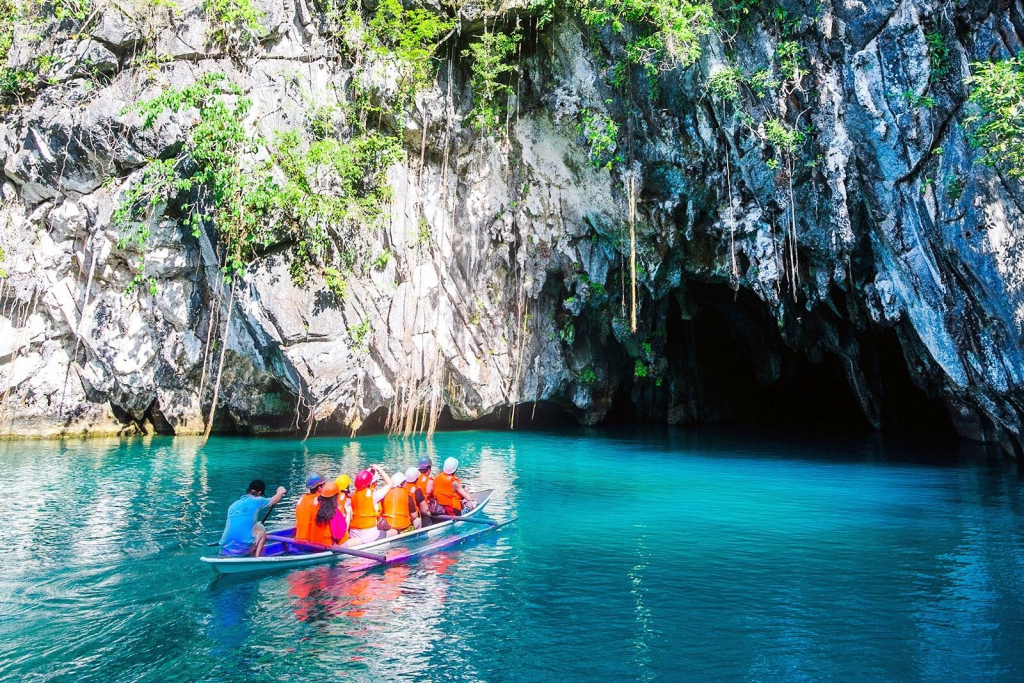
Waitomo Cave (Waitomo Glowworm Cave)
This cave in New Zealand is characterized by the presence of bright worms (Arachnocampa Luminosa) that shine like stars on the ceiling along the river. Worms use biological light to attract and eat other insects. They shine like crystal lights on the roof of the cave. That is why the cave is called the glow worm.
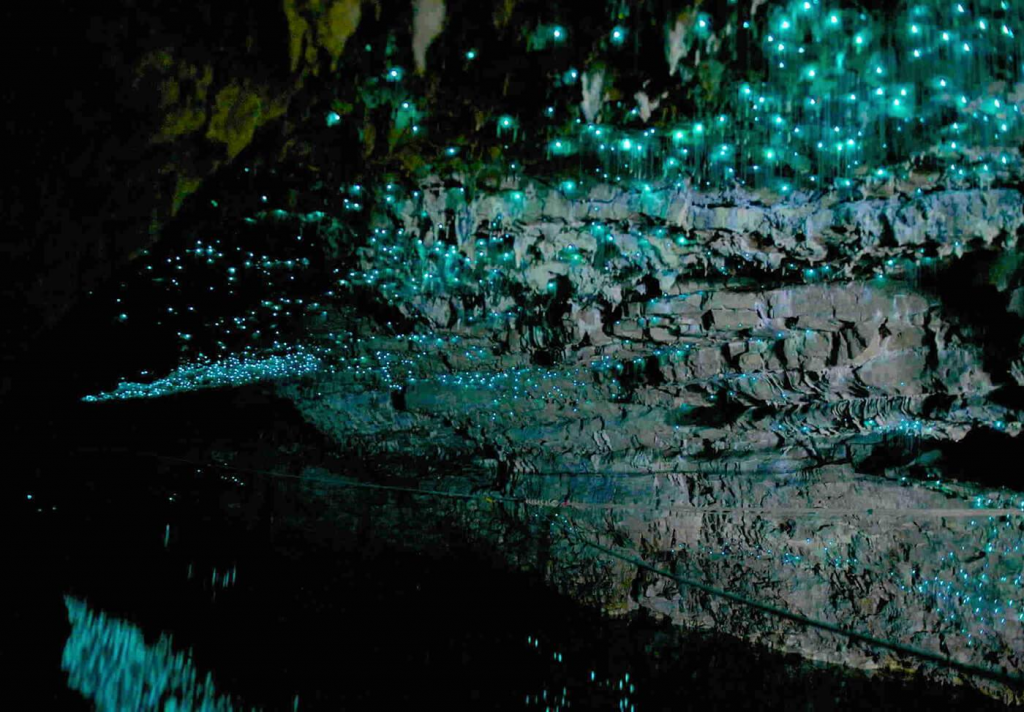
Barton Creek Cave is located on the Central American island of Belize. The underground river is visited by canoes. Its use by the Mayans has also gained importance in terms of archeology. It is considered one of the most beautiful caves in the world.
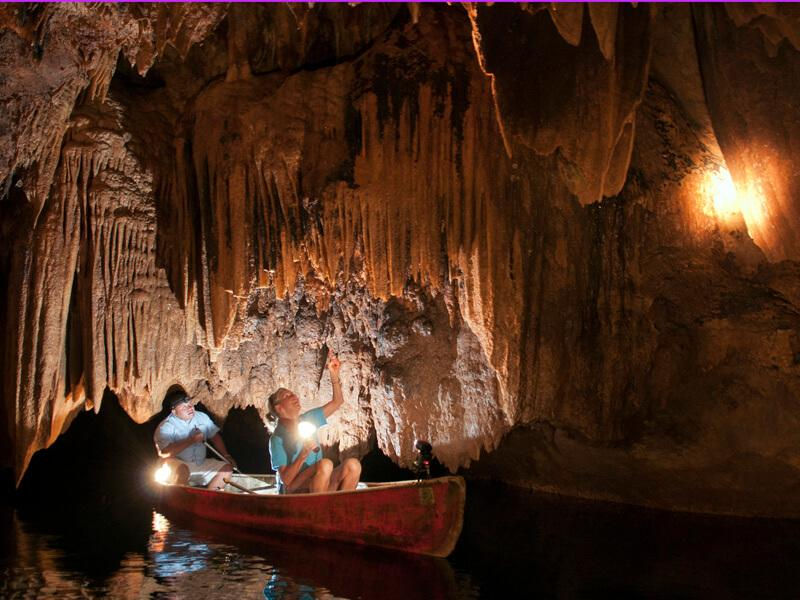
Son Doong Cave is located in Son Trach, Bo Track, Quang Binh Province, Vietnam. This cave is considered to be the largest cave in the world. It is 200 m wide and 150 m high. Its length is about 9 km. He was found in 1991 by a local resident. It was explored in 2009 by a British cave group. The cave was first opened to tourists in 2013 and was visited for the first time by a group of eight people. The number of tourists entering the cave will be limited to prevent damage to the cave. An annual quota of 220 people has been set. The difficult part is that this cave is only 17 km. In this cave, which is quite large, 7-day tours are organized. Overnight in the cave is 3 days.
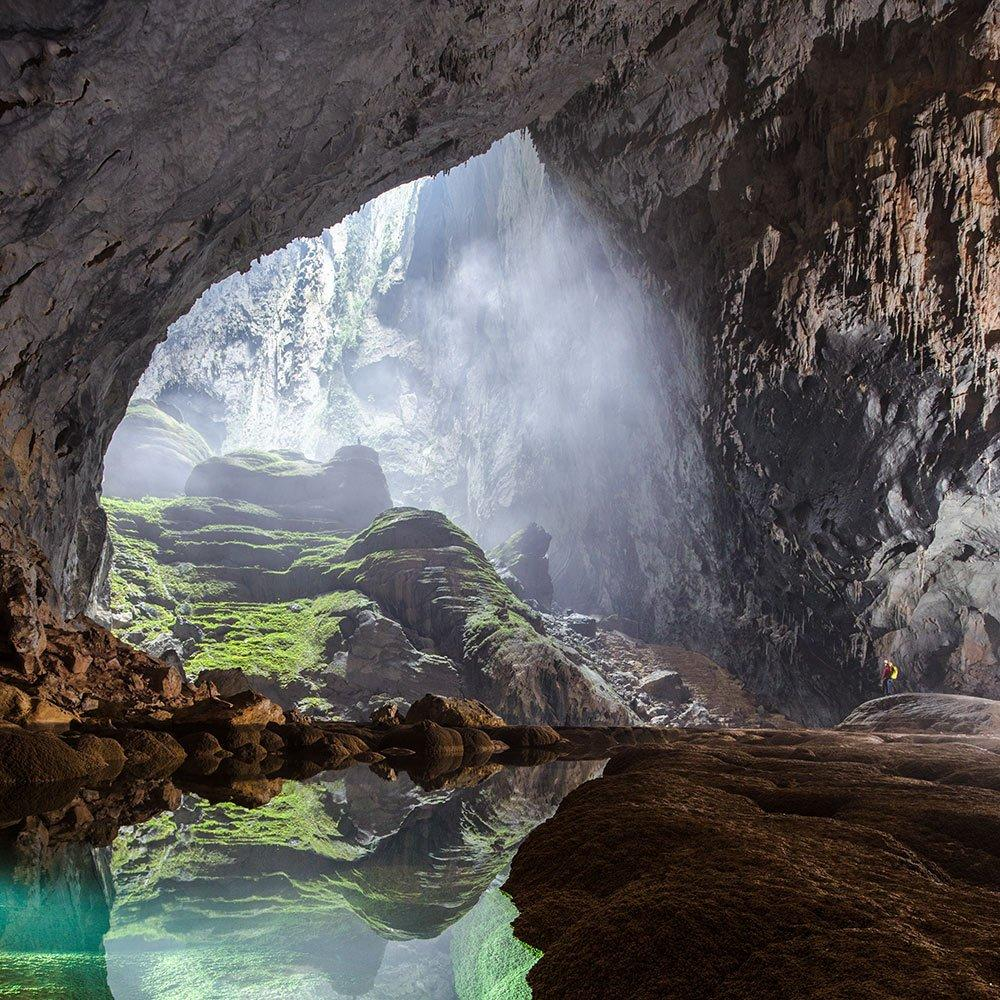
Deer Cave is located on the Malaysian island of Borneo. Gunung is in Mulu National Park. It was opened to tourism in 1984. Its length is 2 km. Millions of bats live in the upper layers of the cave. There are terraces to watch them go out in the evening and cameras inside to watch their lives.
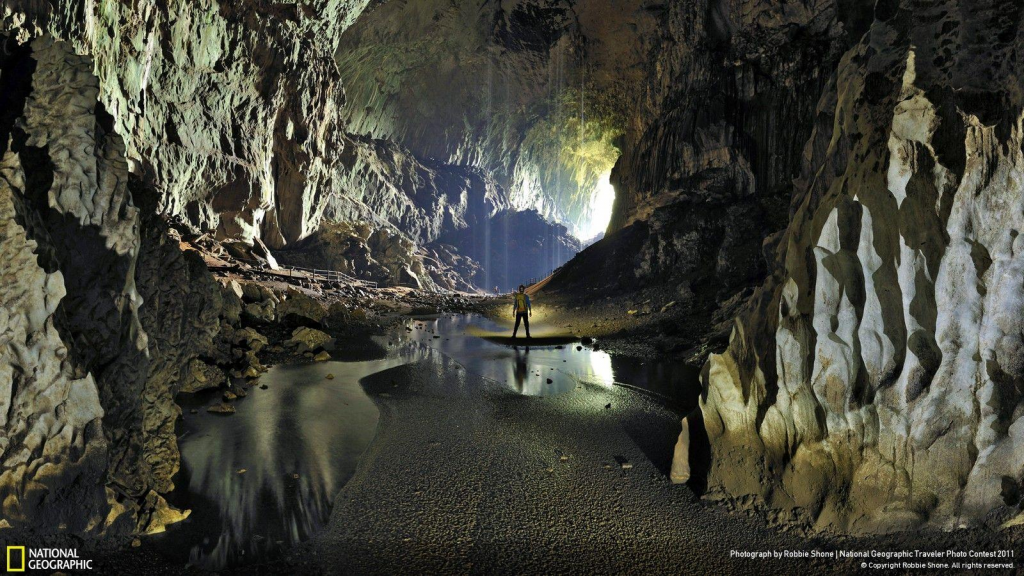
Phong Nha Cave is in Vietnam. It is the second largest cave in the world and is on the UNESCO World Heritage List. Located in Phong Nha Ke Bang National Park. There are about 300 caves in this national park. Phong Na Cave is visited by boats. You can get off the boat and watch the stalagmites and pillars in the cave.

Spatial organization of caves
Before the caves are opened for tourism, scientific research is carried out in terms of geology, geomorphology, flora and fauna. This work may take years, and the cave will not be open to tourism until it is completed. The opening of caves to tourism should not contain risk factors that could harm human life. The atmosphere inside should not be more or less than the velocity of gases in a normal atmosphere. It should not be in a position to be too affected by natural disasters. The outside of the cave should not be connected to various hydrological basins. Protective measures should be taken for the creatures that will be harmed in the use of the cave for tourism purposes. As the caves are not accessible, transportation opportunities must also be considered.
At Waitomo Cave in New Zealand, the visitor center is not directly at the entrance, but near the entrance. There is an exhibition and presentation on the geological history and formation of the cave. Brochures and videos about the cave are shown and distributed. The cave can be visited only with a guide. You can go down the stairs to the cave and visit the river by boat. The cave is not always illuminated and the part where the tourists go is illuminated by a guide. To avoid damaging the worms that shine on the ceiling of the cave, it is forbidden to take photos.
There is a tram ride inside Harrison Cave on the island of Barbados. In the Deer Cave, tourists come to watch the bats coming out of the cave during dinner. An amphitheater called the Bat Observatory was built for this purpose. In addition, the life of bats inside the cave can be monitored from the outside with cameras. Long tours are prepared for 3 nights in the cave in San Doong Cave.
There is a concert hall inside the Postojna cave. In 1965, during the World Speology Congress, this hall was renamed the Congress Hall. Tourists wanted to see a creature living in a cave called Proteus Anguinus, and placed it in an aquarium for tourists to see. When the caves are opened to tourism, each of the rooms inside the caves is called by different names in the spatial arrangement. In addition, each karst form is given a poetic or mythological name. These are designed to control the tourist’s imagination. (Like Crystal Palace, Dragon Pagoda, Virgin Forest, Flower and Fruit Mountain).





